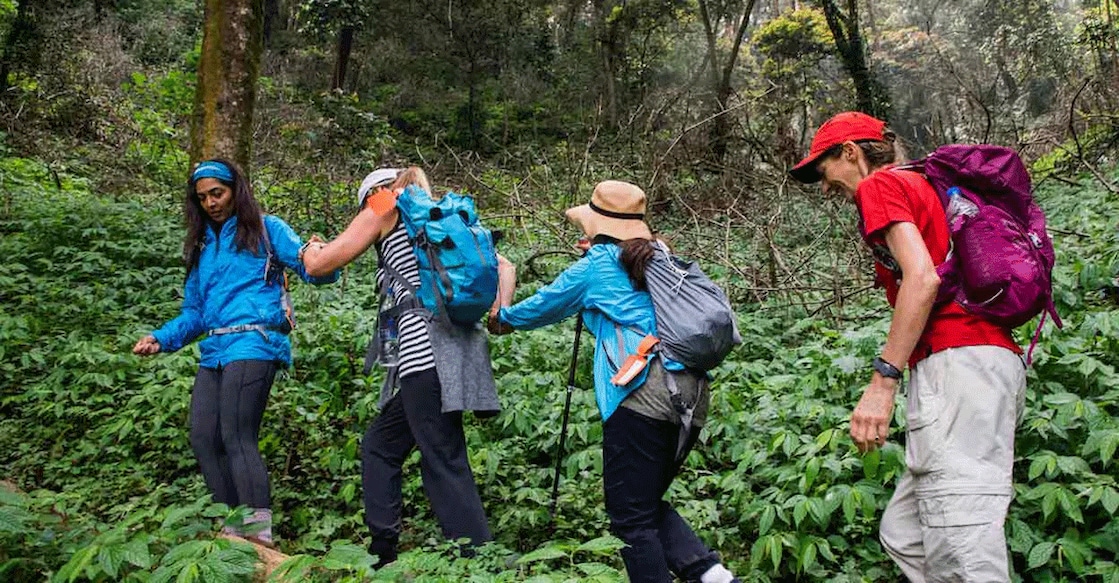How to make your trek safe and healthy?

Mail This Article
A challenging trek will sap you of energy, and the death of a young Keralite doctor who died after trekking through the Anamalai Tiger Reserve in Tamil Nadu a while ago was a rude shock to those who love to go on a trekking spree. The medical report said that Thiruvananthapuram-native Ajzal A Sain (26) died of dehydration and other exhaustion-related complications. Ajzal and his friend Fadil Thayyib Raj chose the Top Slip-Pandaravarai-Karian Shola-Top Slip stretch for trekking, and two experienced guides of the reserve accompanied them.
But halfway through the trek, Ajzal was exhausted, and the guides asked him whether he wanted to continue trekking. He told them that he was a doctor and wanted to continue trekking. The group completed the trek and reached Top Slip at 4 pm. An official said Ajzal’s health started deteriorating while he was getting much-needed rest. Though he was immediately taken to the Vettaikaranpudur Government Hospital, his life could not be saved. Here's how to trek safely, without risking your health.
Danger of dehydration
Dehydration is a condition that, if overlooked, can even lead to death. Trekking is a physical activity that rejuvenates both body and mind. Many travellers want to scale various hills and mountains and live in closer harmony with nature. But certain guidelines should be followed before putting on trekking boots.
Drink water before trekking
Make sure to drink 500 ml or one litre of water before trekking starts in the morning. It’s beneficial to keep the body hydrated before hitting the trekking mode. Ensure to start trekking after drinking enough water when the temperature is soaring and while hiking through high-altitude terrain.
Drink water during trekking
Drink water even if you are not feeling thirsty while trekking. Take a sip or two of water every 15 to 30 minutes as water will keep your body hydrated. Make is a point to drink 500ml or one liter of water in an hour according to the difficulty levels of trekking.
Carry adequate quantity of water
Carry two or three bottles of water while trekking. Hydration bladders like Camelbak can be used to store and carry water. If you are scaling barren hills, you will be directly under the sun, and the chances of fatigue setting in are very high.
Stock electrolytes
Drinking water mixed with electrolyte powder or tablets is better as it helps hydrate the body in a jiffy. The sodium level may dip if you trek through a long stretch in hot and humid conditions. Drink electrolyte-mixed water at regular intervals to keep the vital parameters normal. The symptoms of dehydration are dry mouth, dizziness, headache, fatigue and muscle cramps. Sit in the shade and take a breather if you experience these symptoms. If you feel that water collected from brooks are not potable, put a water purification tablet to make it drinkable.

